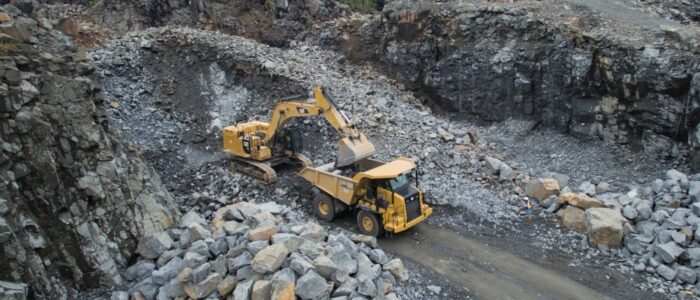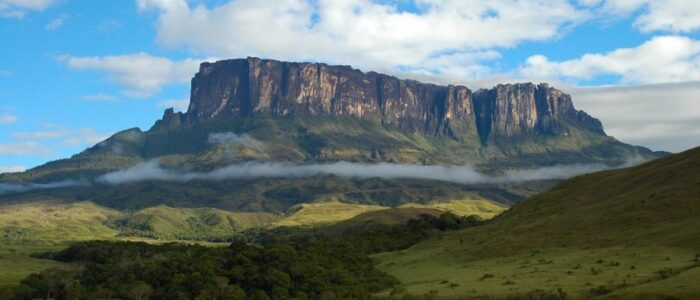Guyana is top of mind for discerning investors. The country’s location on the northern coast of South America, the recent discovery of over 8 billion barrels of recoverable oil and a thriving mining industry is fueling a transformative, high growth, long-term expansion cycle. While the economy has consistently grown about 4-5% annually for most of the last decade, growth is expected to reach double-digits in the near term and sustain long-term growth momentum. Guyana’s regulatory climate has historically been stable and hospitable to Foreign Direct Investment (FDI), particularly in mining and other productive sectors
Despite the small population of about 779,000 of which 62% are between the ages of 15 and 65, Guyana’s education system consistently produces top regional scholars. As the only English-speaking country on the continent, Guyana’s workforce is poised to build capacity to ensure its workers can thrive in a fast growing economy.
Guyana’s unique cultural heritage, unspoiled beauty and natural attractions offer an array of recreational and adventure opportunities for families, groups and eco-travellers.
The World Bank upgraded Guyana’s status to that of an upper middle-income country in 2015 following a decade of economic growth largely fueled by commodity-based exports such as rice, sugar, bauxite, gold and forestry products. With the discovery of an estimated potential of eight billion barrels of recoverable oil and over 3 trillion cubic feet [85 billion cubic meters] of gas in Guyana’s coastal waters, the International Monetary Fund (IMF) projected that Guyana’s economy would grow by an astonishing 52.8% in 2021 despite the current global recession caused by the COVID-19 pandemic
The new oil economy is projected to increase Guyana’s Gross Domestic Product by 300%-1000% over the next few years. There has already been an influx of overseas companies, investors and workers seeking opportunities in Guyana. Guyana is responding by updating its laws and policies to better meet the needs of businesses. It is also upgrading physical and social infrastructure to ensure the country and its people are ready to benefit from new opportunities.
Guyana’s economy has long relied on the export of raw commodities whereas value-added manufacturing aimed at domestic and foreign markets has lagged significantly. The country’s oil sector is now in the extraction phase and Guyana’s revenues are poised to skyrocket. As a result, Guyana, seeking to avoid the “resource curse”, has redoubled efforts to accelerate the development of a highly skilled workforce and cadre of entrepreneurs across all sectors to ensure Guyana’s economy is strong, diverse and sustainable for generations to come.
Until the advent of oil, Guyana’s economy has been supported by the export of raw agricultural, forestry, fishing and mining commodities which currently account for about 58% of the GDP . Over the past few years, the service sector has grown to about 40% of the GDP with healthy growth projected in the construction, financial services, retail, and information and communication sectors. In order to maintain a diversified economy and ensure Guyanese workers are equipped with the skills they need to perform, there is an urgent need to create an enabling environment for businesses and to augment the number of workers with up-to-date technical and soft skills in all sectors.
The country boasts a varied terrain beginning in the north along the Atlantic coast with fertile plains that have supported agriculture including rice and sugar cane for as long as settlers have occupied the country. The plains give way to a hilly white sand belt and clay region further inland where most of Guyana’s abundant mineral deposits are found. Further south lies the rainforests that cover more than 87% of the country’s territory. Guyana also hosts large savannahs and mountainous areas in the south.
Guyana’s unique cultural heritage, unspoiled beauty and natural attractions offer an array of recreational and adventure opportunities for families, groups and eco-travellers.




